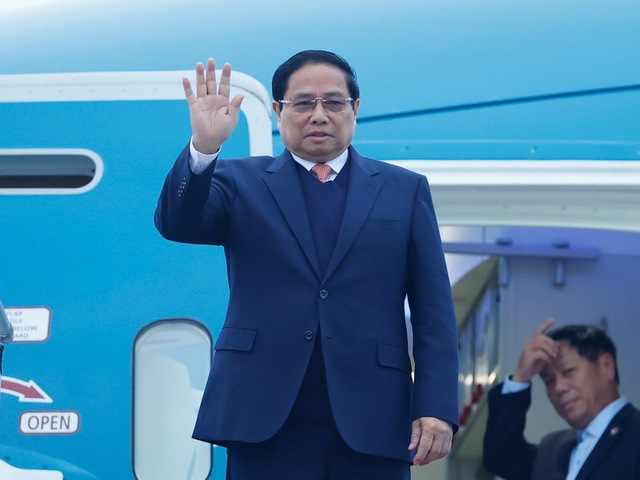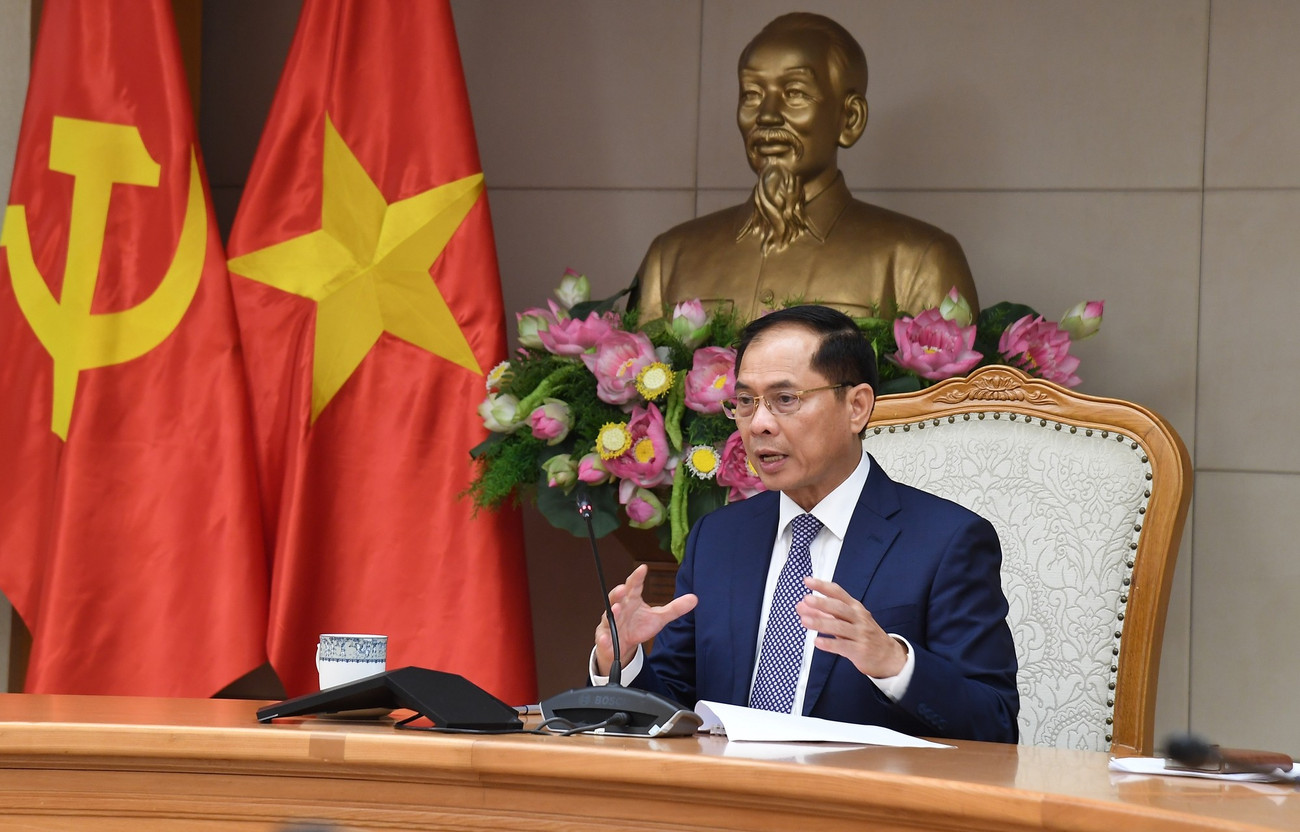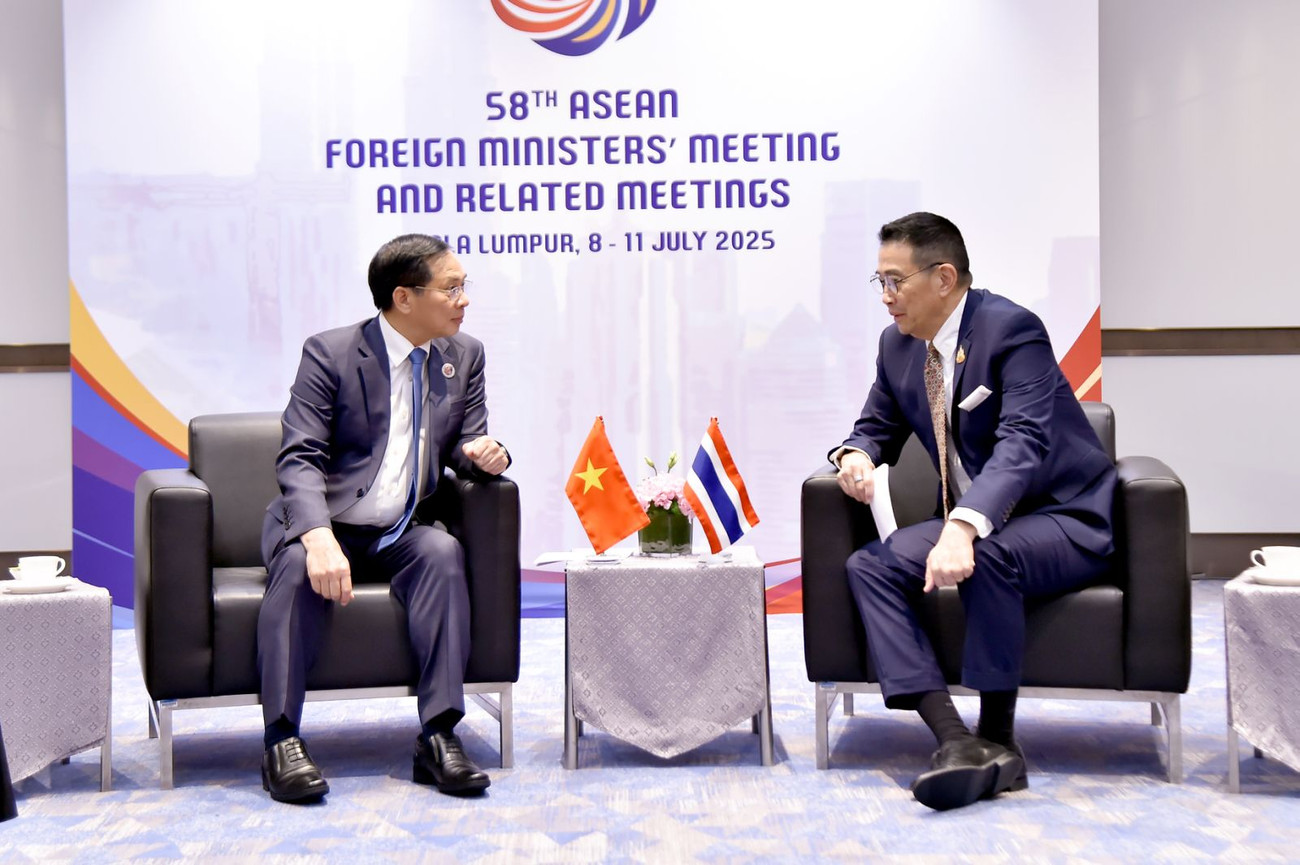MOIT VIETNAM | Tri-Border Landmark: A Testament to Vietnam-Laos-Cambodia Solidarity And Trust
/ News / Activities
Tri-Border Landmark: A Testament to Vietnam-Laos-Cambodia Solidarity And Trust
In the remote northern reaches of Vietnam’s Central Highlands, a landmark not only marks the convergence of three nations but also symbolizes the enduring trust and solidarity among Vietnam, Laos, and Cambodia. Known as the “Tri-Border Landmark” or “Indochina Tripoint”, this famed location is often poetically described as a place where “the crowing of a rooster is heard across three countries”. It is set to host significant symbolic activities as part of the inaugural Vietnam-Laos-Cambodia Defense Border Friendship Exchange program on December 14.
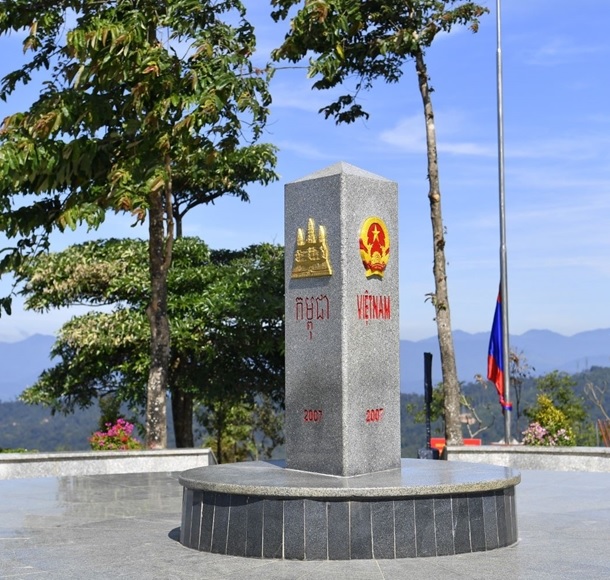
The Tri-Border Landmark, a renowned destination not just in Kon Tum or the majestic Central Highlands but across the nation, was jointly erected by Vietnam, Laos, and Cambodia atop a mountain 1,086 meters above sea level. This site marks both the beginning of the Vietnam-Cambodia border and the end of the Vietnam-Laos border. The monument, a triangular granite pillar weighing approximately one ton and standing two meters tall, bears the national emblems and names of the three countries in their respective national colors on each of its sides. It is located within Vietnam's Po Y commune, Ngoc Hoi district, Kon Tum province, near Laos' Attapeu province and Cambodia's Rattanakiri province.
From this windy mountain summit, one can gaze across the territories of Vietnam, Laos, and Cambodia, and within a few steps, traverse the borders of all three nations. The landmark is situated about 10 kilometers from the Bo Y International Border Gate and 3 kilometers from the Indochina Junction. It is the second such tri-border marker in Vietnam, with the first marking the Vietnam-Laos-China junction at A Pa Chai in Dien Bien province.
Construction of the Vietnam-Laos-Cambodia border landmark began on November 29, 2007, and was completed on January 18, 2008. It stands as a testament to the peace and fraternal friendship of the three Indochinese countries, embodying the will and determination of the governments and peoples of these nations to cooperatively resolve border and territorial issues. It is a concrete manifestation of the trust, understanding, and spirit of friendly cooperation between Vietnam, Laos, and Cambodia.
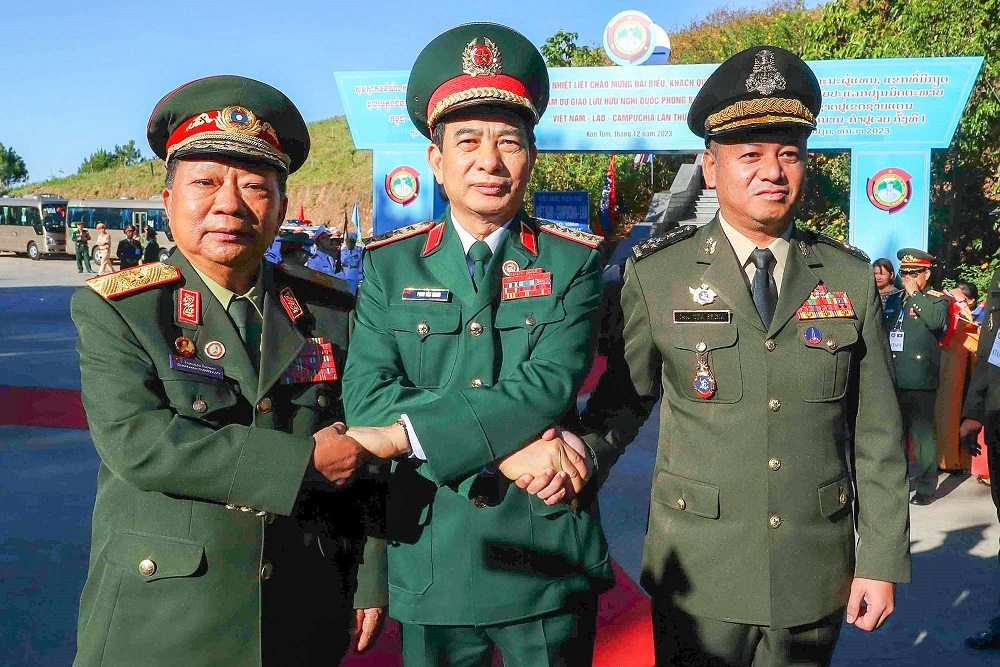
Today, the Tri-Border Landmark is a popular destination for both domestic and international tourists. To promote local economic development, the People's Committee of Kon Tum province has approved a tourism development project for the tri-national border landmark area. The project aims to leverage the landmark's potential and location to develop tourism in Ngoc Hoi district in line with the province's tourism development plans. This initiative is expected to boost the commodity economy and shift the economic structure towards increasing the service and tourism sectors. It also contributes significantly to the socio-economic development goals of Ngoc Hoi district and Kon Tum province at large, playing a crucial role in poverty alleviation, border security, and social order and safety.
Furthermore, given its geographical position and symbolic significance of trust and solidarity in building peaceful and friendly borders, the Tri-Border Landmark has been a chosen site for various activities, including educational visits about historical sovereignty, the deep-rooted solidarity of the three Indochinese nations, and people-to-people and border defense foreign affairs with a spirit of peaceful and friendly cooperation among the specialized forces of Kon Tum, Attapeu (Laos), and Rattanakiri (Cambodia).
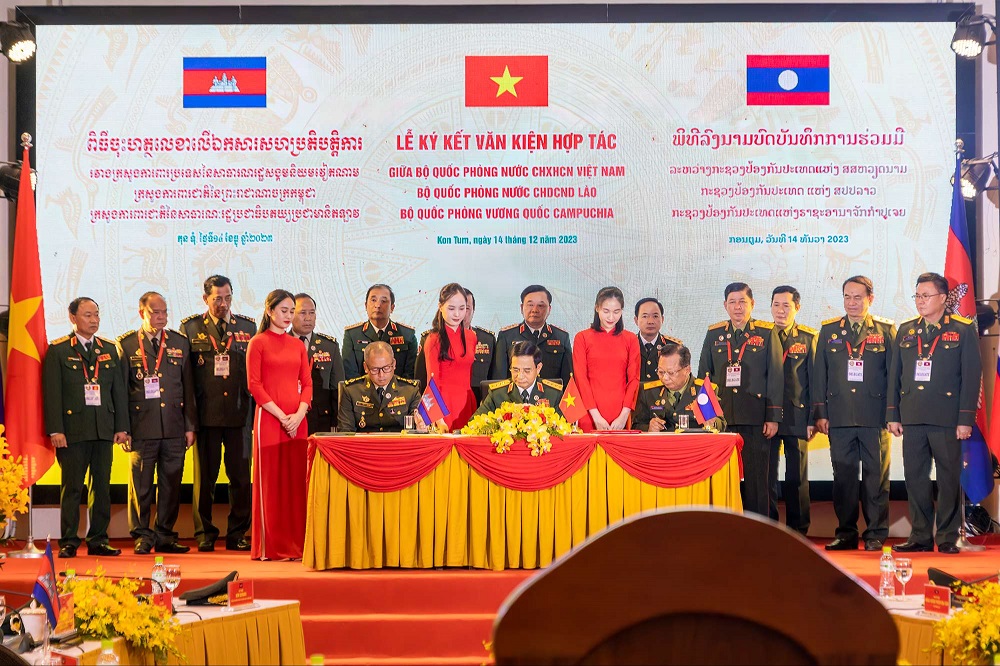
The upcoming inaugural Vietnam-Laos-Cambodia Defense Border Friendship Exchange event at the Tri-Border Landmark is expected to further highlight and affirm the enduring truth that this Indochina tripoint is a “convergence” of trust, will, and the unwavering commitment to maintain the solidarity of the Vietnamese, Laotian, and Cambodian peoples.
The landmark will host meaningful and symbolic activities within the framework of the exchange program, such as the salutation and painting of the sovereignty pillar, coordinated border patrols and inspections by the defense forces of the three countries, and the planting of friendship trees. These acts will send a message of unity and friendship, contributing to the construction of a peaceful, friendly, stable, cooperative, and developing border area among Vietnam, Cambodia, and Laos.
-
/ News / Activities
Prime Minister Pham Minh Chinh’s Strategic Visit to Laos Marks New Chapter in Bilateral Relations
Prime Minister Pham Minh Chinh’s official visit to the Lao People’s Democratic Republic and his co-chairmanship of the 47th meeting of the Vietnam–...
-
/ News
Deepening Cooperation, Strengthening Regional Unity
On the afternoon of July 28, 2025, at the Government Headquarters in Hanoi, Deputy Prime Minister and Minister of Foreign Affairs of Vietnam, Mr. B...
-
/ News / Activities
Vietnam and Laos Accelerate Toward Deeper Regional Integration and Unprecedented Trade Growth
In an era where regional connectivity and economic resilience are critical pillars for national development, Vietnam and Laos are emerging as a mod...



